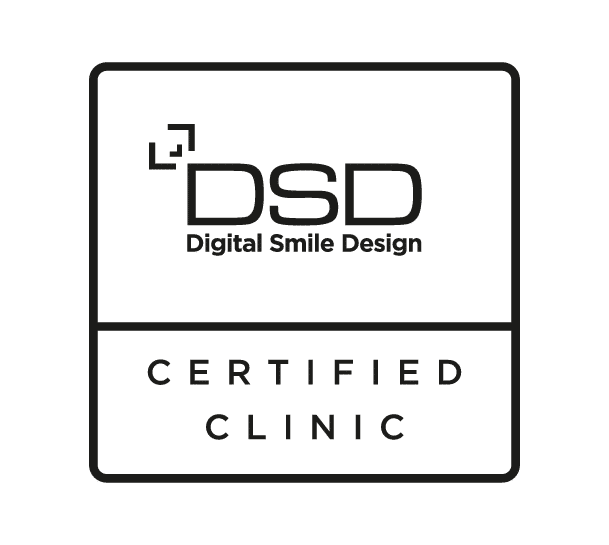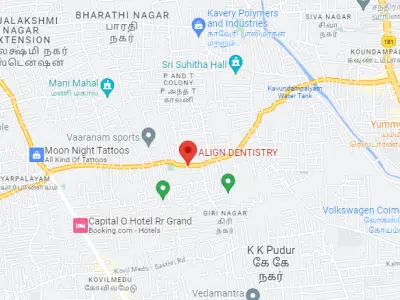
When Do Kids Start Losing Teeth? A Complete Parent’s Guide
Watching your child lose their first tooth is an exciting milestone for every parent. It marks the transition from adorable baby smiles to growing, confident grins. But if you’re wondering, “When do kids start losing teeth?” or worrying whether your child’s teeth are falling out too early or too late — you’re not alone.
Every child is different, and so is their dental timeline. Let’s explore everything you need to know about when baby teeth fall out, what’s normal, what’s not, and how you can make this stage easier for your little one.
Table of Contents
Understanding Baby Teeth (Primary Teeth)
Before we talk about when children start losing their teeth, it helps to understand why baby teeth exist in the first place.
Baby teeth, also called primary teeth or milk teeth, are the first set of teeth that appear in a child’s mouth. Most children have 20 baby teeth — 10 on the top and 10 on the bottom.
They begin to erupt when the baby is around 6 months old and usually finish coming in by the age of 3 years. These teeth are important for several reasons:
- They help your child chew food properly.
- They guide the permanent teeth into their correct positions.
- They support speech development.
- They shape the child’s jaw and facial structure.
Although baby teeth are temporary, taking care of them is essential because they set the foundation for a lifetime of healthy smiles.
When Do Kids Start Losing Teeth?
Most children start losing their baby teeth around age 6. However, it can happen as early as 4 years old or as late as 7 or 8 years old — both are usually normal.
The process begins when the roots of the baby teeth start to dissolve. This happens because the permanent teeth underneath are growing and pushing their way upward. As the roots disappear, the baby teeth become loose and eventually fall out.
Typically, the first teeth to fall out are the lower front teeth (bottom central incisors), followed by the upper front teeth (top central incisors).
The entire process of losing baby teeth and getting permanent ones can take several years — usually until age 12 or 13.
Typical Timeline: When Baby Teeth Fall Out
Here’s a general timeline of when children usually lose each set of teeth:
| Type of Tooth | When It Falls Out (Average Age) |
| Lower central incisors (bottom front teeth) | 6–7 years |
| Upper central incisors (top front teeth) | 6–8 years |
| Lateral incisors (next to the front teeth) | 7–8 years |
| First molars | 9–11 years |
| Canines (pointed teeth) | 10–12 years |
| Second molars | 10–12 years |
Remember, every child is unique — some may follow this timeline closely, while others may lose their teeth earlier or later.
How to Know When a Tooth Is Ready to Fall Out
You’ll know a baby tooth is ready to come out when:
- It moves easily when your child wiggles it.
- The gum around it looks normal (not swollen or red).
- Your child feels a little loose sensation while chewing.
It’s important not to pull out a tooth that’s not loose yet. Forcing it too early can cause pain, bleeding, or even infection. Let the tooth fall out naturally or allow your child to gently wiggle it until it comes free on its own.
What Happens After the Tooth Falls Out?
Once a baby tooth falls out, you’ll see a small gap in your child’s smile — this is where the permanent tooth will soon appear.
In most cases, the new tooth starts to grow within a few weeks. However, sometimes it can take a few months for the adult tooth to fully come in.
During this time, make sure your child:
- Keeps brushing and flossing gently around the area.
- Avoids touching the gap with fingers to prevent infection.
- Eats soft foods for a day or two if the area feels sore.
You can also celebrate this milestone with a fun tooth fairy tradition — it helps children feel excited rather than anxious about losing teeth.
Why Oral Care Is Important During This Phase
Many parents think baby teeth aren’t important because they’ll eventually fall out. But this is a common myth.
Even though they’re temporary, baby teeth play a huge role in your child’s oral health. If a baby tooth is lost too early due to decay or trauma, the surrounding teeth can shift, causing misalignment when permanent teeth come in.
To prevent this, make sure your child:
- Brushes twice daily with a soft-bristled toothbrush.
- Uses a pea-sized amount of fluoride toothpaste.
- Flosses once a day.
- Eats fewer sugary snacks and drinks.
- Visits the dentist regularly (every 6 months).
Maintaining good oral hygiene will make the process of when baby teeth fall out smoother and healthier.
When to Be Concerned About Delayed Tooth Loss
While it’s normal for some kids to lose teeth earlier or later, there are cases when it might be worth checking with your dentist.
You should consult a dentist if:
- Your child hasn’t lost any teeth by age 8.
- Teeth are falling out too early (before age 4).
- The permanent teeth come in before the baby teeth fall out (“shark teeth”).
- The gums look swollen, red, or painful.
- The teeth are not coming in straight or aligned.
Sometimes, delayed or early tooth loss can be caused by underlying issues like genetics, nutrition, injury, or developmental concerns — but most of the time, it’s simply part of your child’s unique growth pattern.
Permanent Teeth: What to Expect Next
Once the baby teeth start to fall out, permanent teeth begin to appear. Children will have 32 adult teeth, including molars and wisdom teeth (which usually appear later in the teenage years).
Here’s what happens as the adult teeth grow in:
- The new teeth may look larger and slightly yellower than baby teeth — that’s normal.
- The jaw and face start to grow to make room for the new teeth.
- Some mild discomfort may occur, especially when molars come in.
Encourage your child to continue brushing twice a day and flossing daily. You can also teach them proper brushing techniques so they can take care of their growing smile independently.
Nutrition Tips for Stronger Teeth
A balanced diet helps both baby and permanent teeth stay strong and healthy.
Here are some tooth-friendly foods for kids:
- Dairy products: Milk, cheese, and yogurt strengthen enamel.
- Fruits and vegetables: Especially crunchy ones like apples and carrots — they help clean teeth naturally.
- Leafy greens: Rich in calcium and minerals for strong bones.
- Water: Keeps the mouth hydrated and washes away food particles.
Avoid giving too many sugary drinks or sticky snacks, as they can lead to cavities and cause early tooth decay.
How Dentists Monitor Tooth Development
Your child’s dentist plays a key role in making sure their teeth are developing normally. During regular visits, the dentist will:
- Check for cavities or decay in baby teeth.
- Monitor how teeth are falling out and coming in.
- Take X-rays if needed to see permanent tooth growth.
- Give preventive treatments like fluoride or sealants.
These regular check-ups ensure your child’s teeth stay healthy throughout every stage — from the first tooth to the last baby tooth falling out.
The Takeaway
So, when do baby teeth fall out?
Most children start losing their baby teeth around age 6, beginning with the front bottom teeth. The process continues until around age 12, when all the permanent teeth have replaced the baby ones.
This phase is a natural part of growing up — a sign your child’s smile is developing beautifully.
As a parent, your role is to ensure your child maintains good oral hygiene, eats a healthy diet, and visits the dentist regularly. With your support, your child can enjoy this exciting stage with confidence and a bright, healthy smile!


















